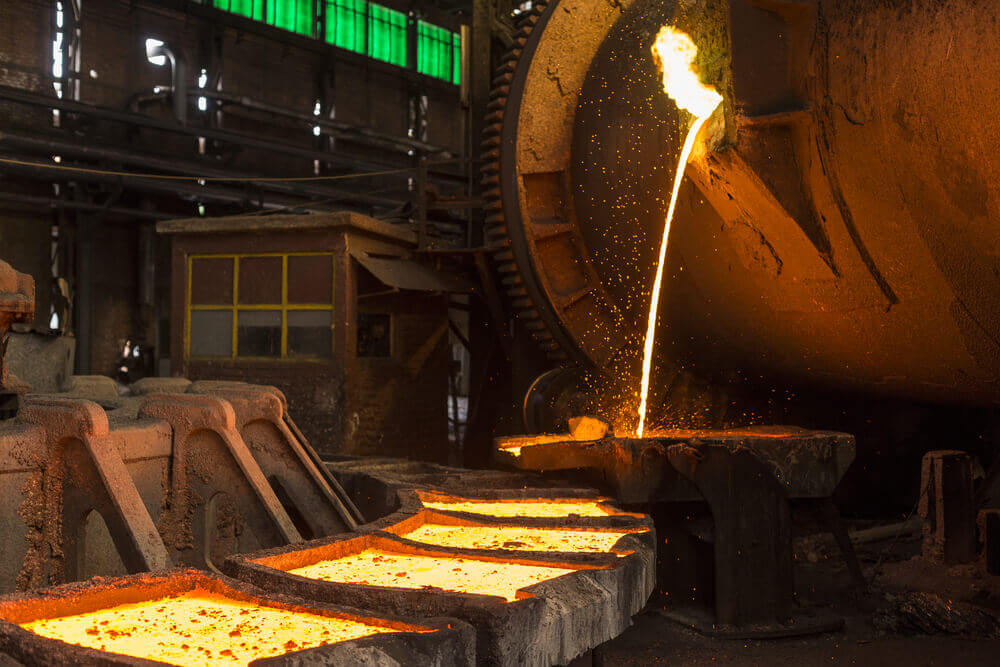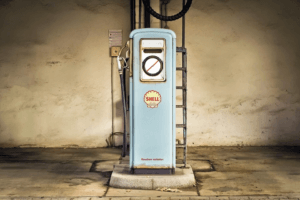On Thursday, copper prices clawed back after skidding to their lowest in almost eight months. The recovery came after the slowing coronavirus infections in top metals consumer China, easing near-term demand concerns.
Copper futures for delivery in July gained 0.77% or 71.00 points to $9,299.50 per tonne. The metal hiked from a slump of 1.88% to $9,237.50 per tonne last Monday.
Shanghai, a global financial hub, cited that half of the city had achieved zero-COVID status. However, the Chinese city said it had to retain strict restrictions due to the national policy.
Accordingly, the tight lockdowns in China and worries over aggressive US interest rate hikes have previously weighed on base metals. Analysts also mentioned that Beijing’s reluctance to inject economic stimulus to bolster demand would continue to be a headwind.
Nevertheless, reports have revealed that Beijing’s April copper cathode output dropped on both a monthly and annual basis. Production at 22 smelters, accounting for 83.00% of the country’s total capacity, declined to 757,400.00 tonnes.
The output represented a downdraft of 2.03% from a revised March production of 773,100.00 tonnes. It also decreased by 7.23% year on year.
The previous resurgence of pandemic infections affected the key production areas, with the transportation and sales temporarily suspended. Regardless, experts expected the output to recover gradually, with a forecasted volume of 775,000.00 tonnes.
Miners turn to new Copper leaching technologies
Meanwhile, Rio Tinto and Freeport-McMoRan positioned a raft of new leaching technologies. The new methods could extract low concentrations of copper from waste rock and help avoid long mine permitting delays.
The high demand for metal prompted miners to find faster ways of production. Subsequently, prices have nearly doubled in the past two years, mainly due to the soaring electric vehicle industry’s growth.
Correspondingly, this has led the sector to reconsider piles of waste rock stored at their sites worldwide. Rio, the world’s second-largest mining corporation, estimated these piles to contain 100.00 million tonnes of copper.
Furthermore, miners aim to use bacteria or other newly developed chemicals to extract more copper in a secondary leaching process.











